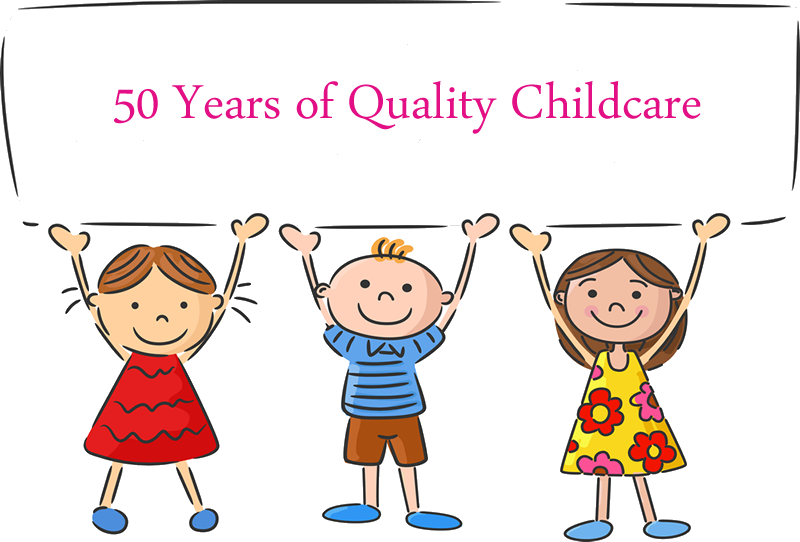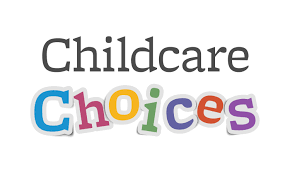Parents Area
Your Child's Welfare
Settling In
Before your child starts with us you will be offered a home visit. Your child’s key person and a member of the management team would visit you and your child in your own home environment.
Parents and children often feel more relaxed in their own home, and parents appreciate having time to talk on a one-to-one basis. It helps to develop a relationship and build trust in a more relaxed environment. After a home visit, parents often feel more confident in approaching a practitioner with comments and questions.
Children always remember and talk about a home visit long after the event; it is a special occasion in their lives and enhances the practitioner–child relationship. Digital photographs can be taken of the visit (with permission) and used, with the child, to recall the event. Seeing a child in their home environment can also help to explain certain behaviour patterns and interests.
You will also be given the opportunity to settle them with a short visit to the preschool.
Key Person
Our setting has a key person system. Your child’s key person will be the person who works with you and your child. When your child first starts at the setting, they will help your child to settle and throughout your child’s time at the setting, and monitor their progress.
Children thrive from a base of loving and secure relationships. This is normally provided by a child’s parents but it can also be provided by a key person. A key person is a named member of staff with responsibilities for a small group of children who helps those children in the group feel safe and cared for.
The role is an important one and an approach set out in the EYFS which is working successfully in settings and in reception classes. It involves the key person in responding sensitively to children’s feelings and behaviours and meeting emotional needs by giving reassurance, such as when they are new to a setting or class, and supporting the child’s well-being.
The key person supports physical needs too, helping with issues like nappy changing, toileting and dressing. That person is a familiar figure who is accessible and available as a point of contact for parents and one who builds relationships with the child and parents or carers.
School Readiness
In the time leading up to the children leaving the preschool to start school the Key Persons will plan and provide a variety of activities to promote school readiness for example:
Reading books together about starting school
Role playing the teacher with the register
Wearing school uniform for the day
Staff will also discuss with the children how they are feeling, taking an interest in what they say and engaging in conversations, for example asking them what their teacher's name is.
School Transition
We aim to provide a safe, stimulating, encouraging and inspiring environment in which all children can grow, develop and flourish at their own individual pace. In order to ensure learning is of maximum value to each individual child, all our staff are quick to respond to each child’s particular interests and needs.
We also value input and the views of all parents and carers as this helps ensure our Staff provide children with a safe, enjoyable stimulating and encouraging environment throughout their stay at Burwood Preschool.
Records Of Progress
Our setting keeps a record of progress for each child.
Staff and parents work together on their children’s progress record; this is one of the ways in which the key person and parents are able to work in partnership.







